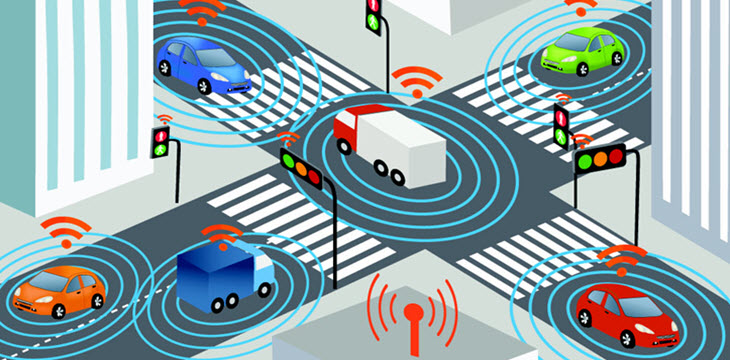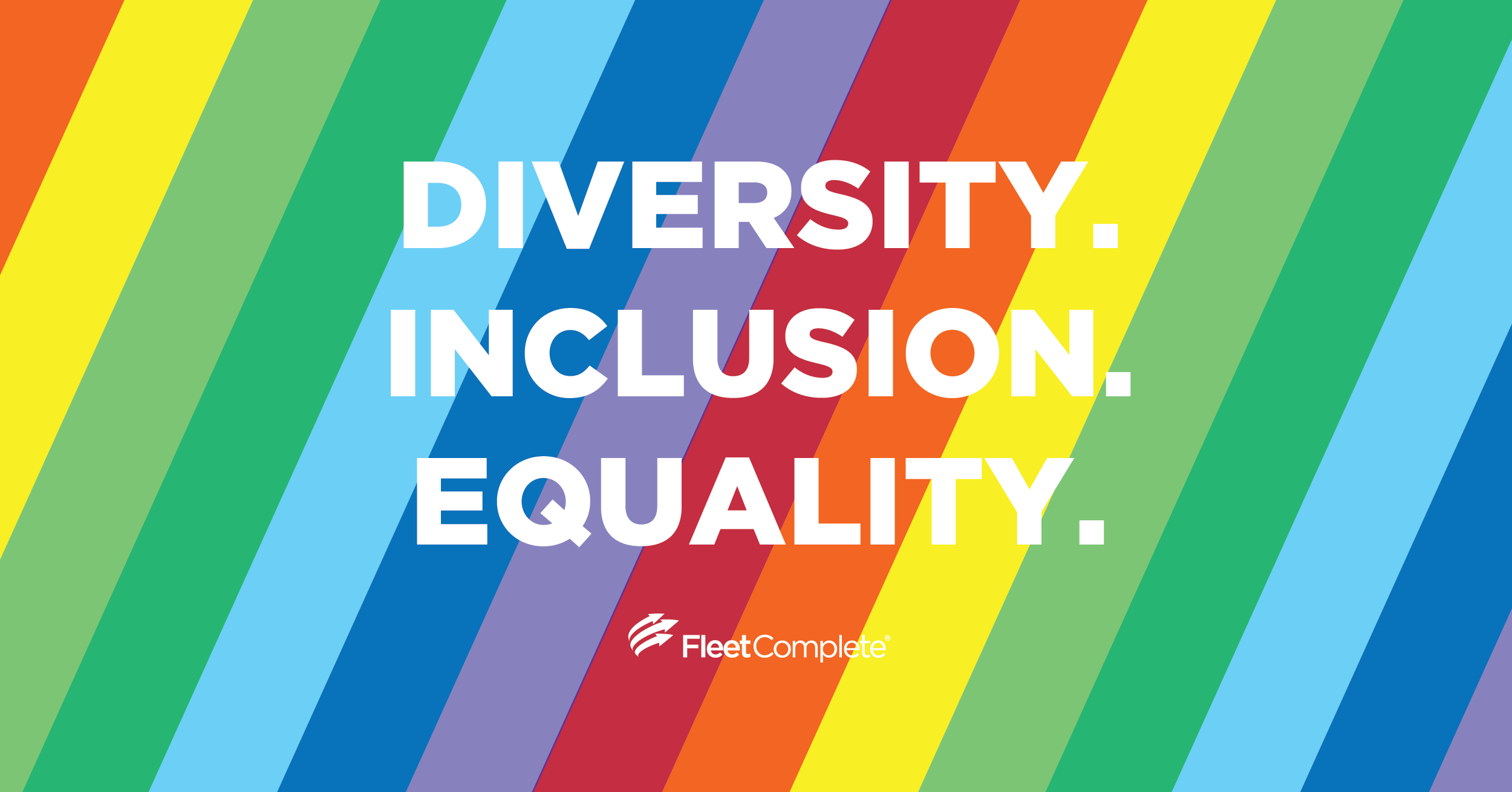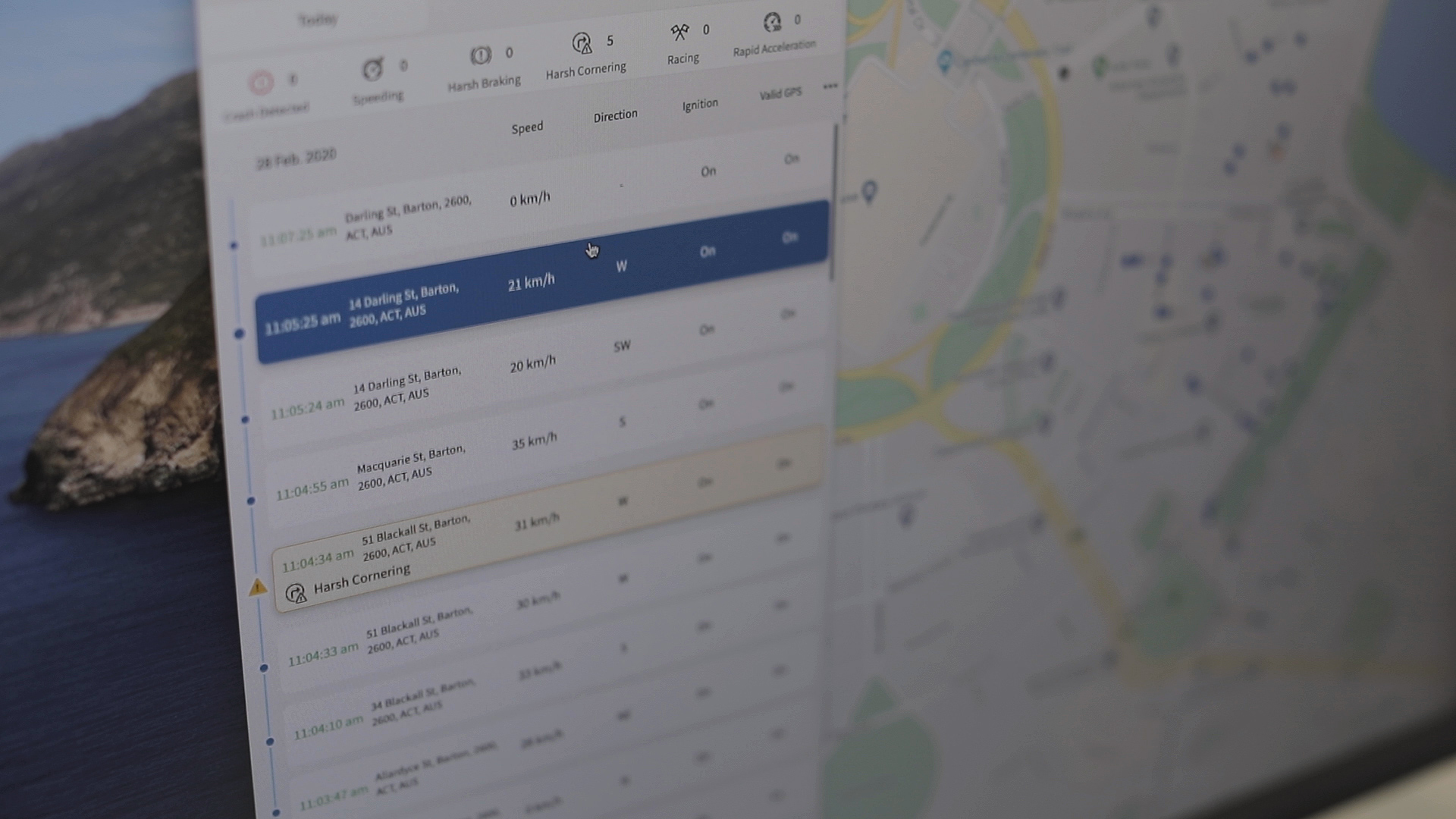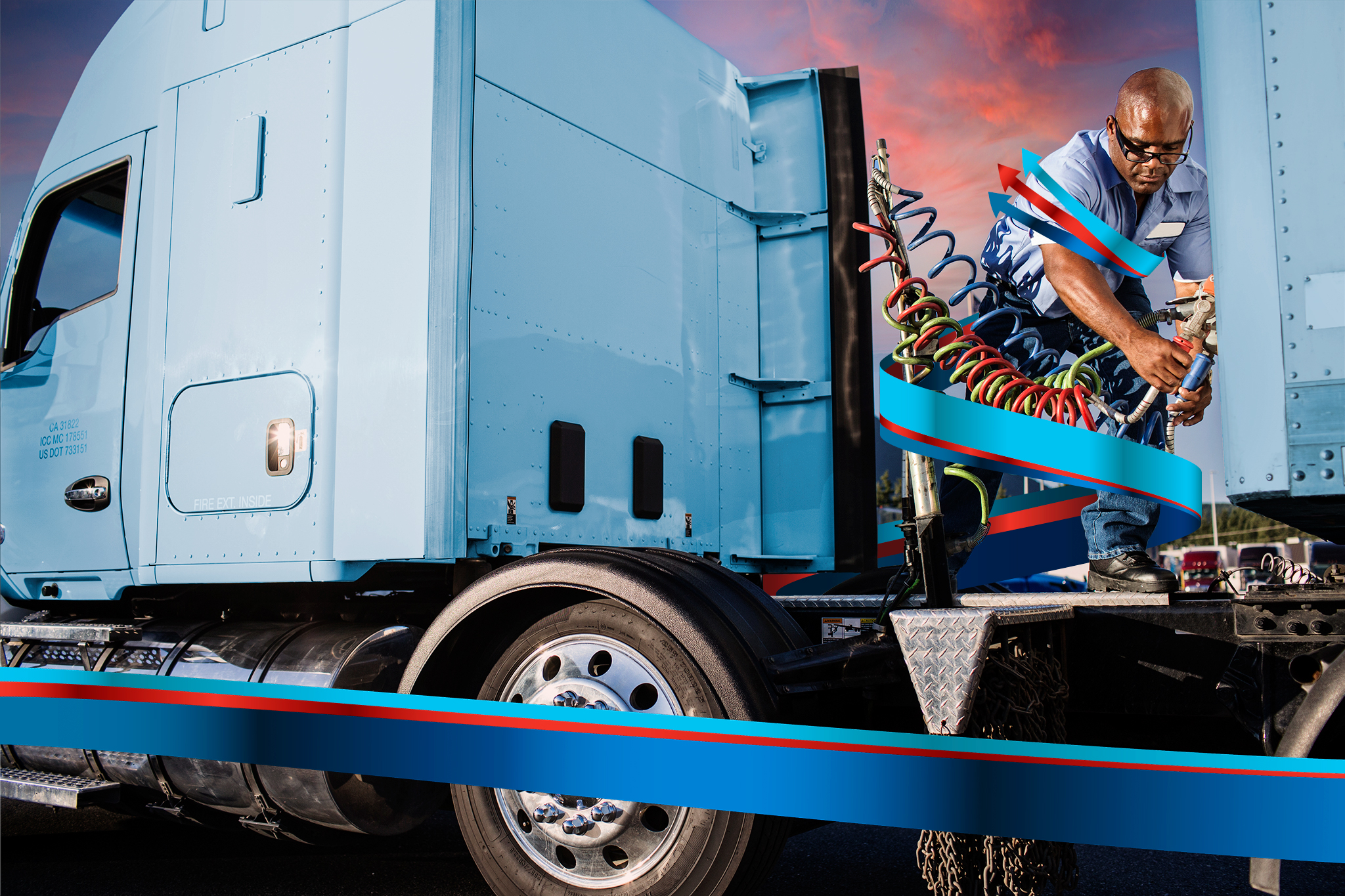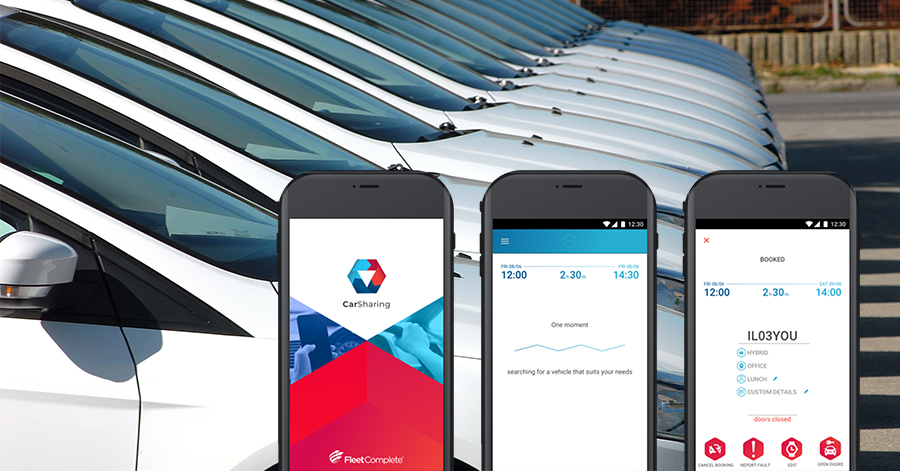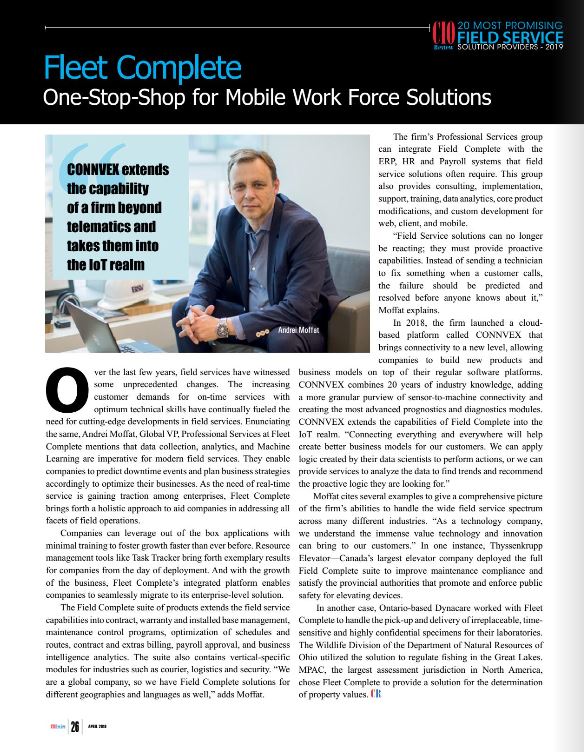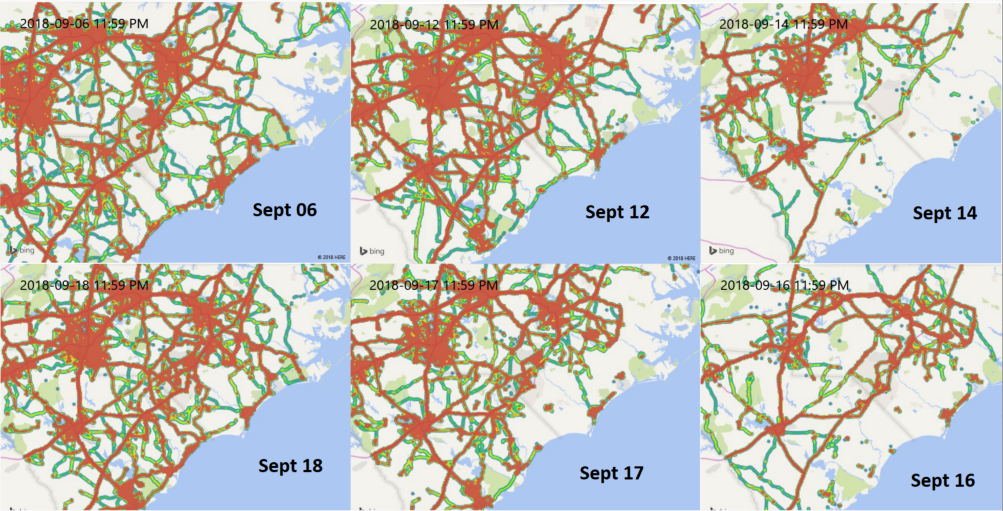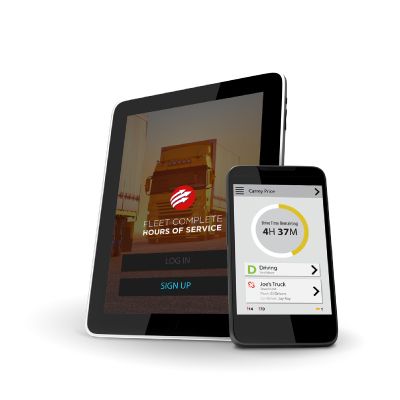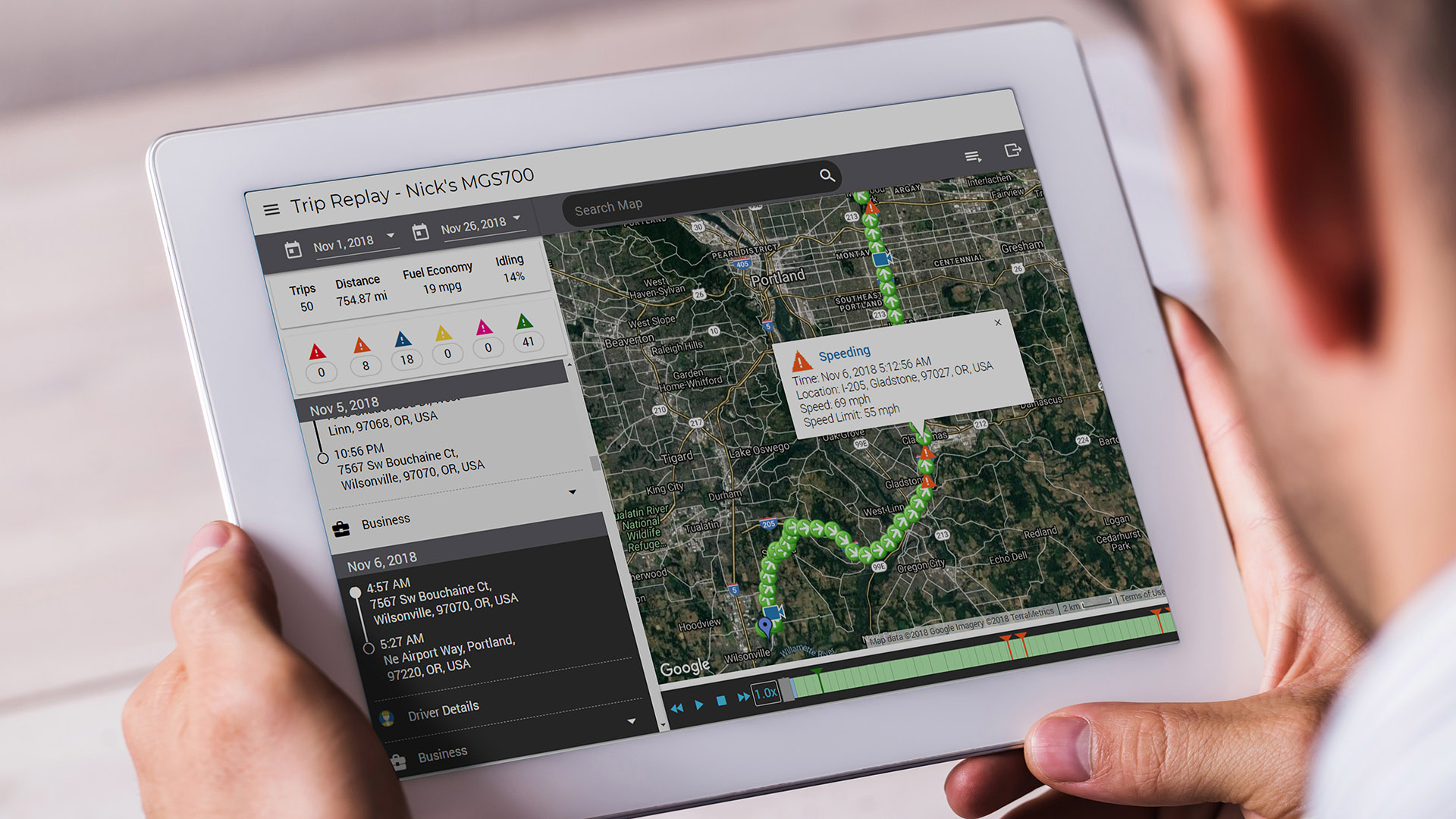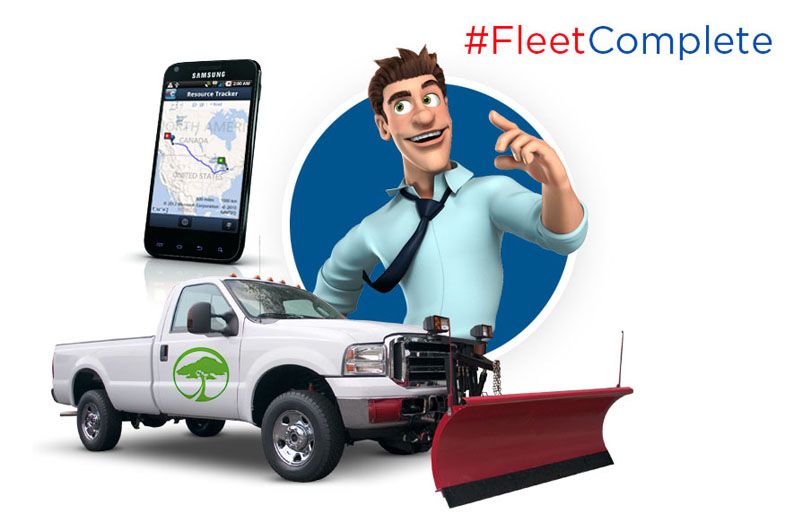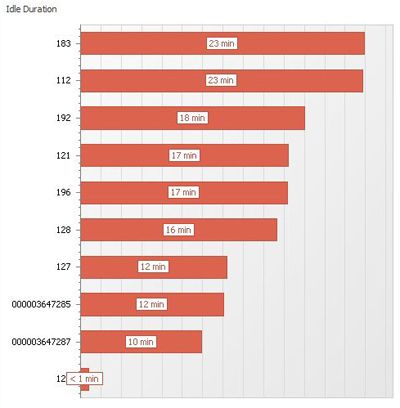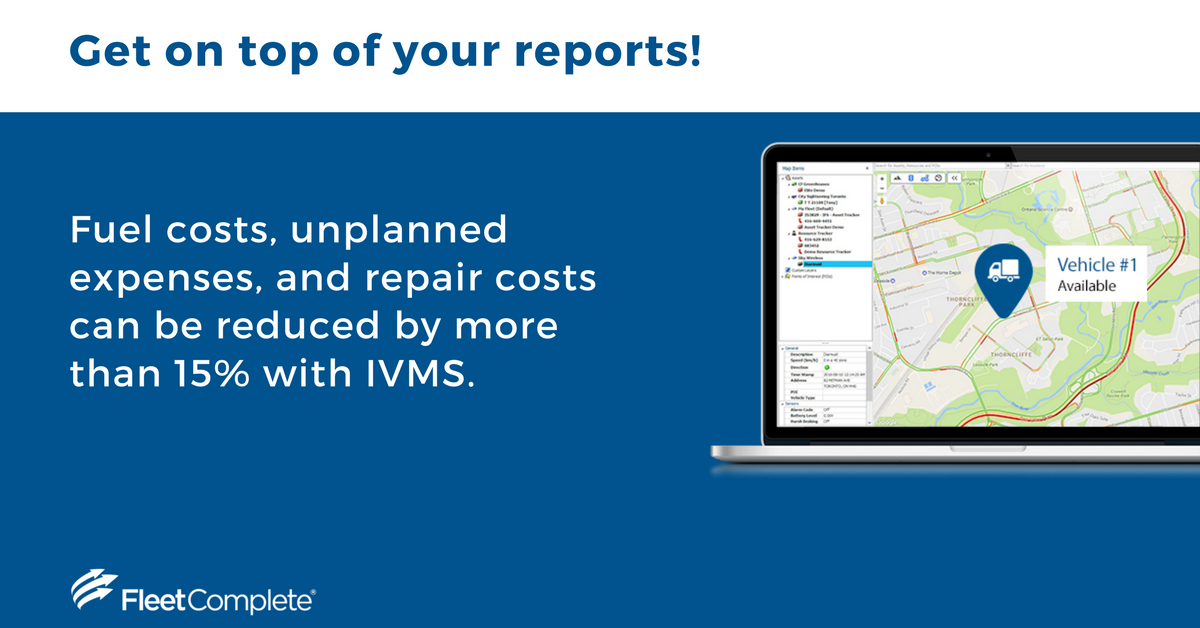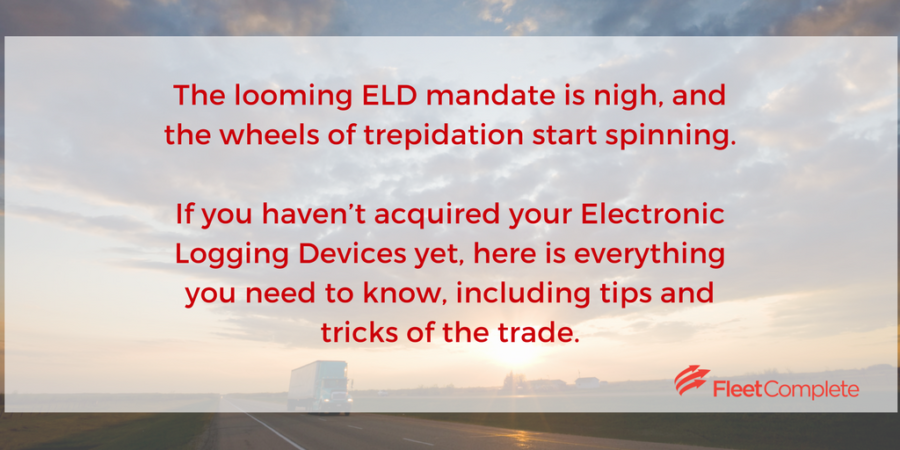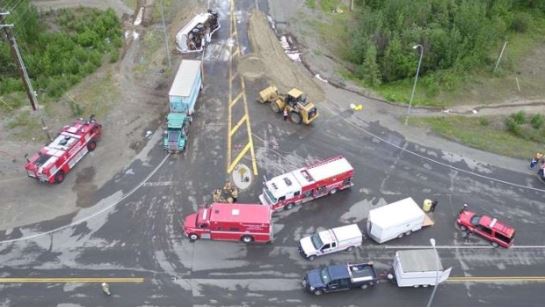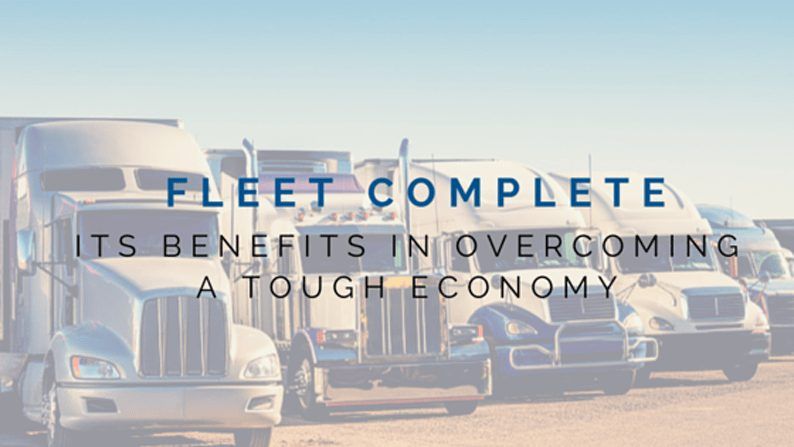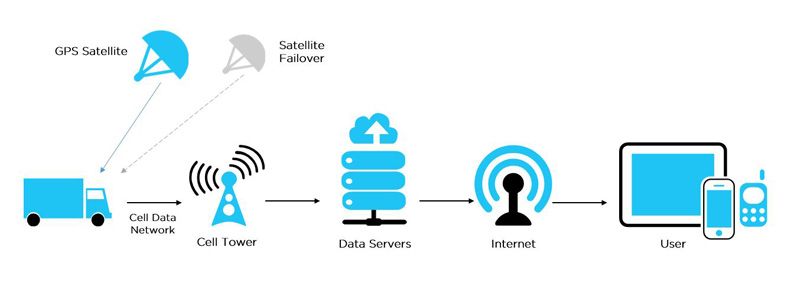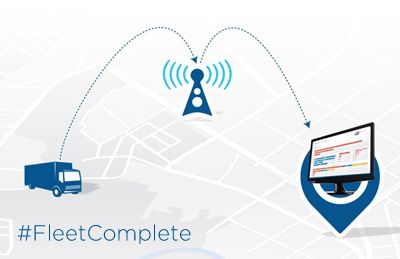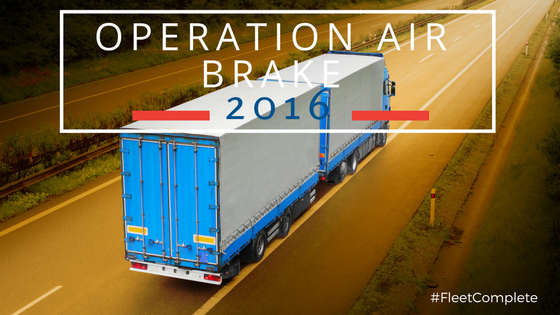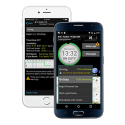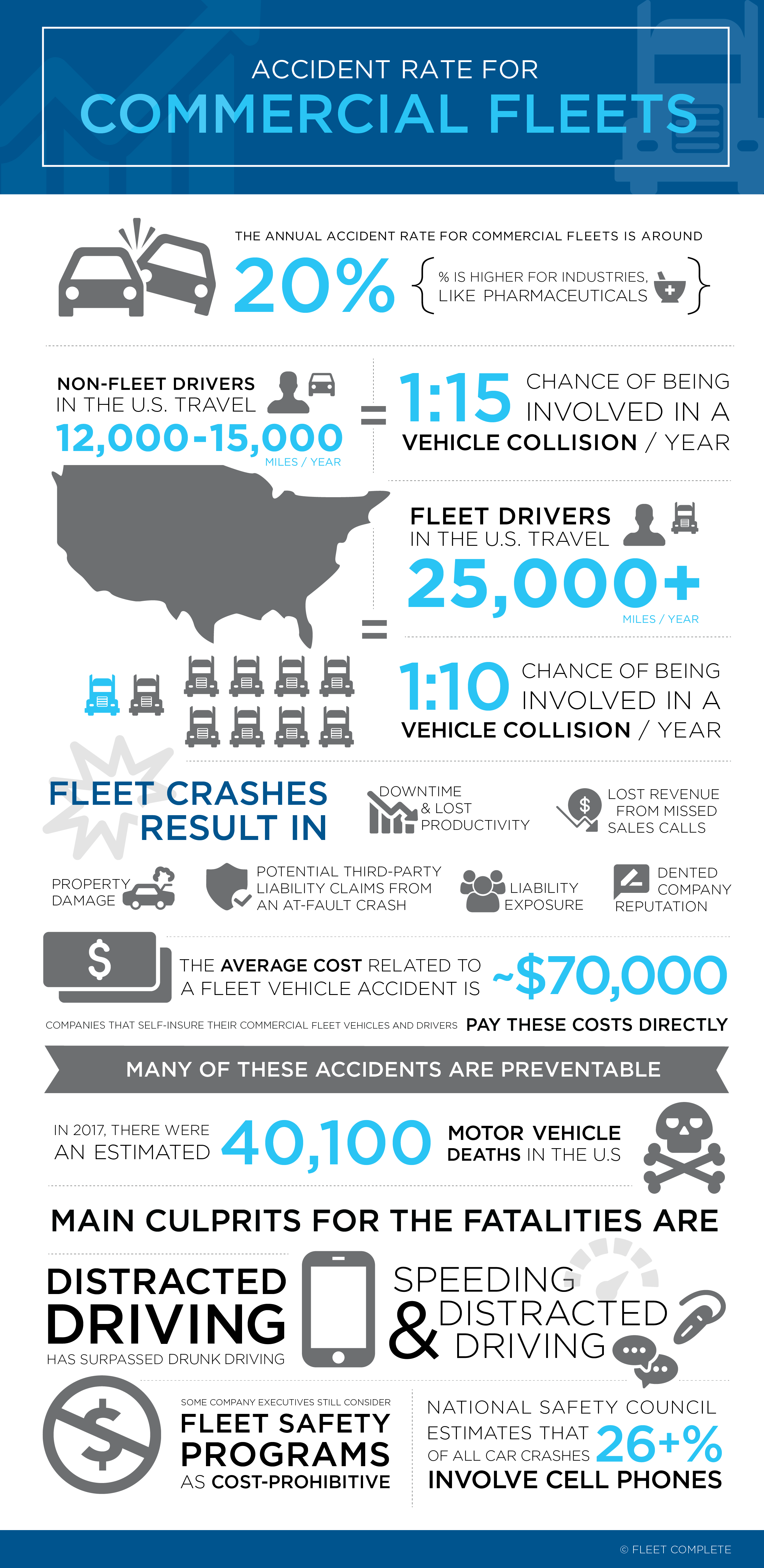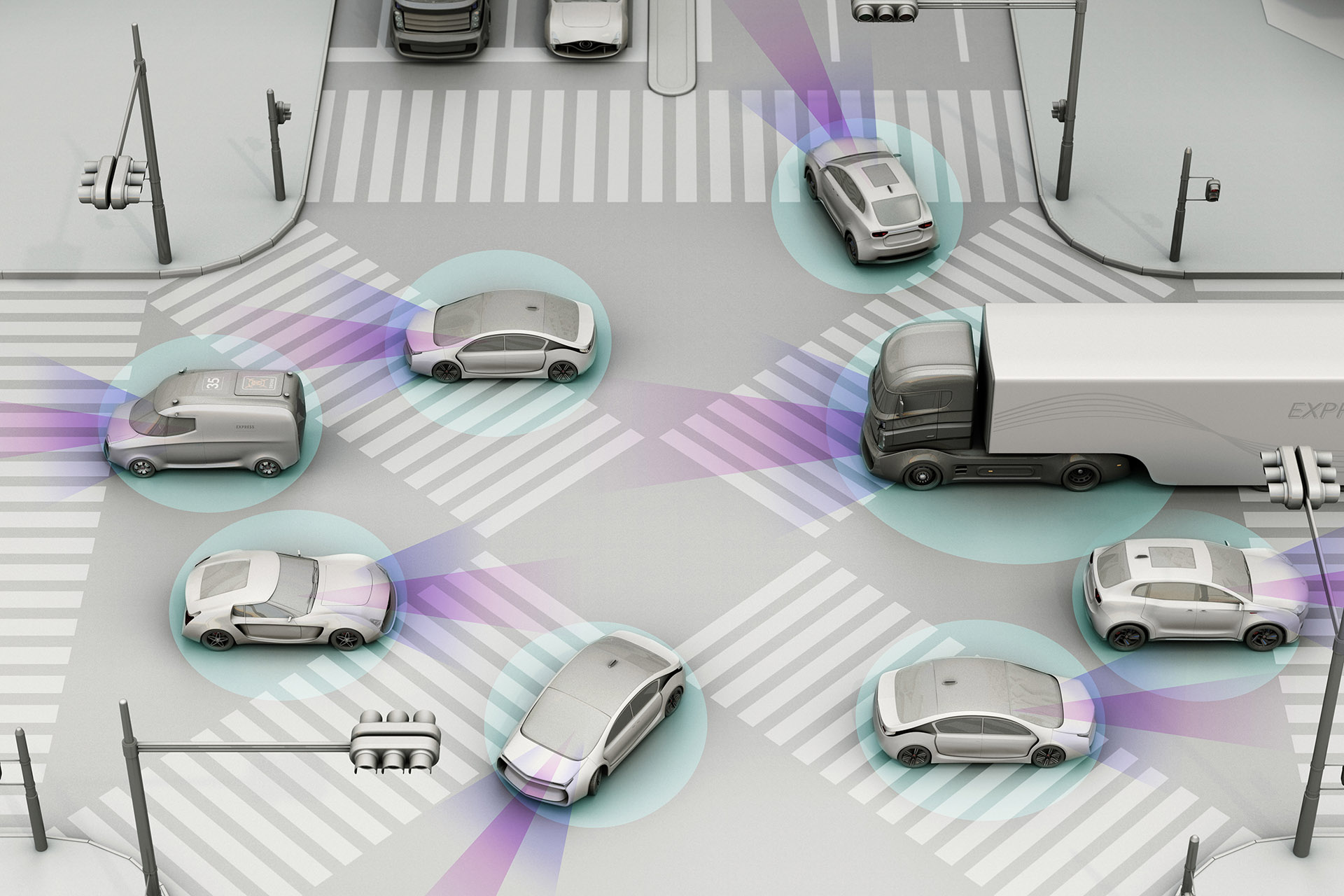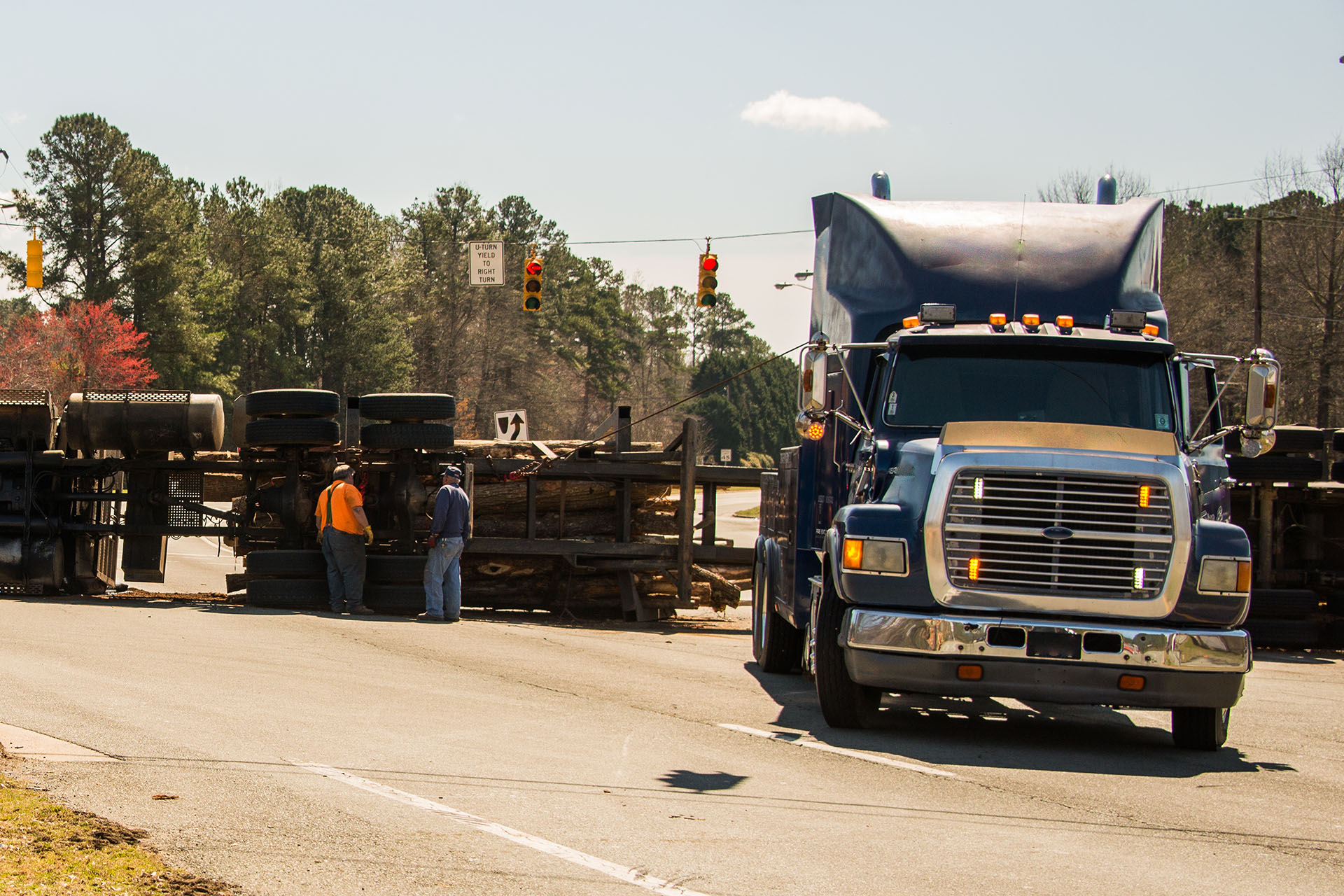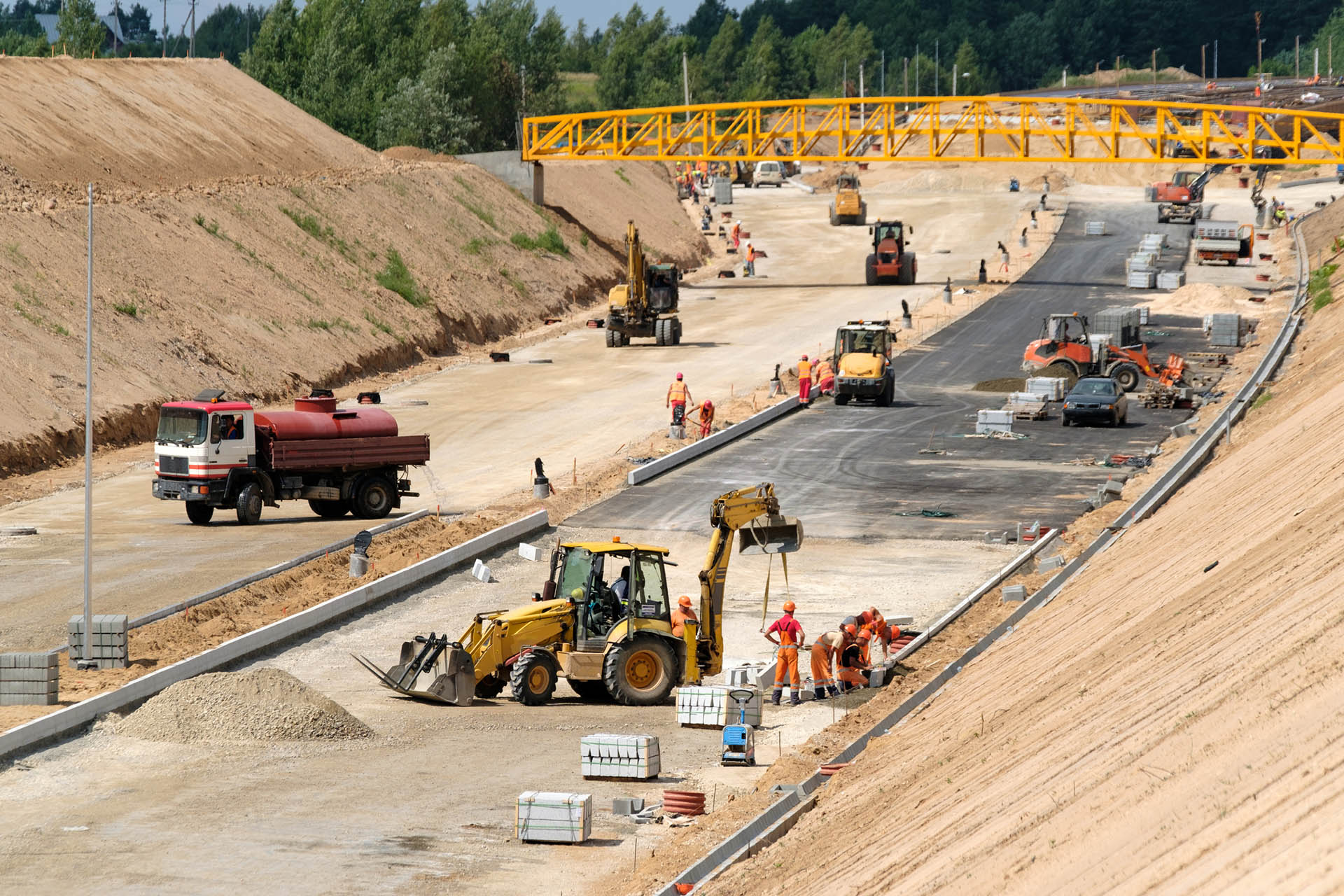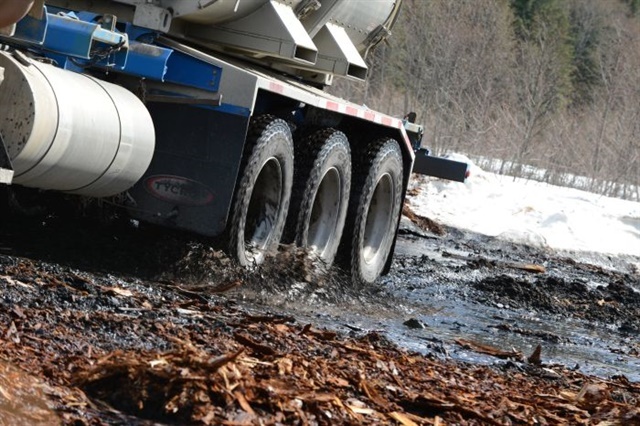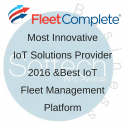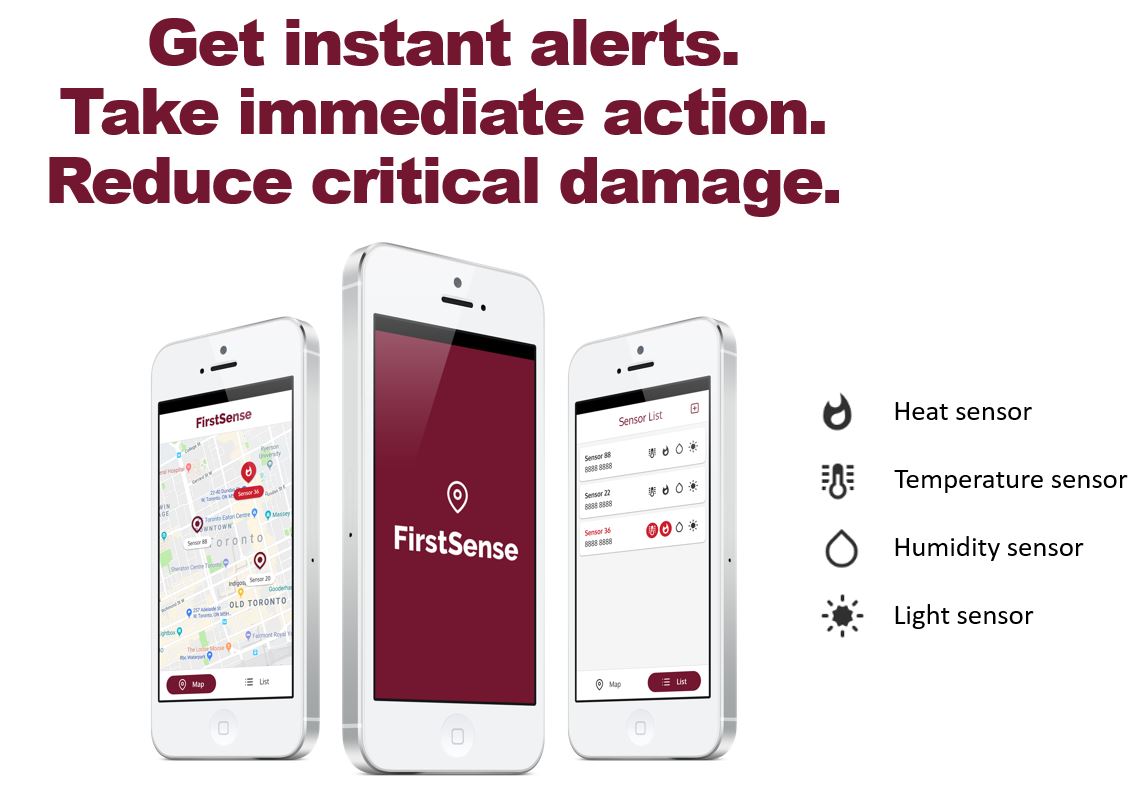We’re on the cusp of a digital revolution. 5G is now being rolled out for consumers—and it won’t be long before it begins transforming the trucking industry. Next-gen networks will exponentially speed up data transfer, making faster response times possible – not to mention lowering costs, boosting connectivity and system capacity.
Fleets are increasingly reliant on onboard systems to run their operations efficiently, so anything that accelerates those communications could bring huge benefits. Here’s how 5G will change things for your fleet.
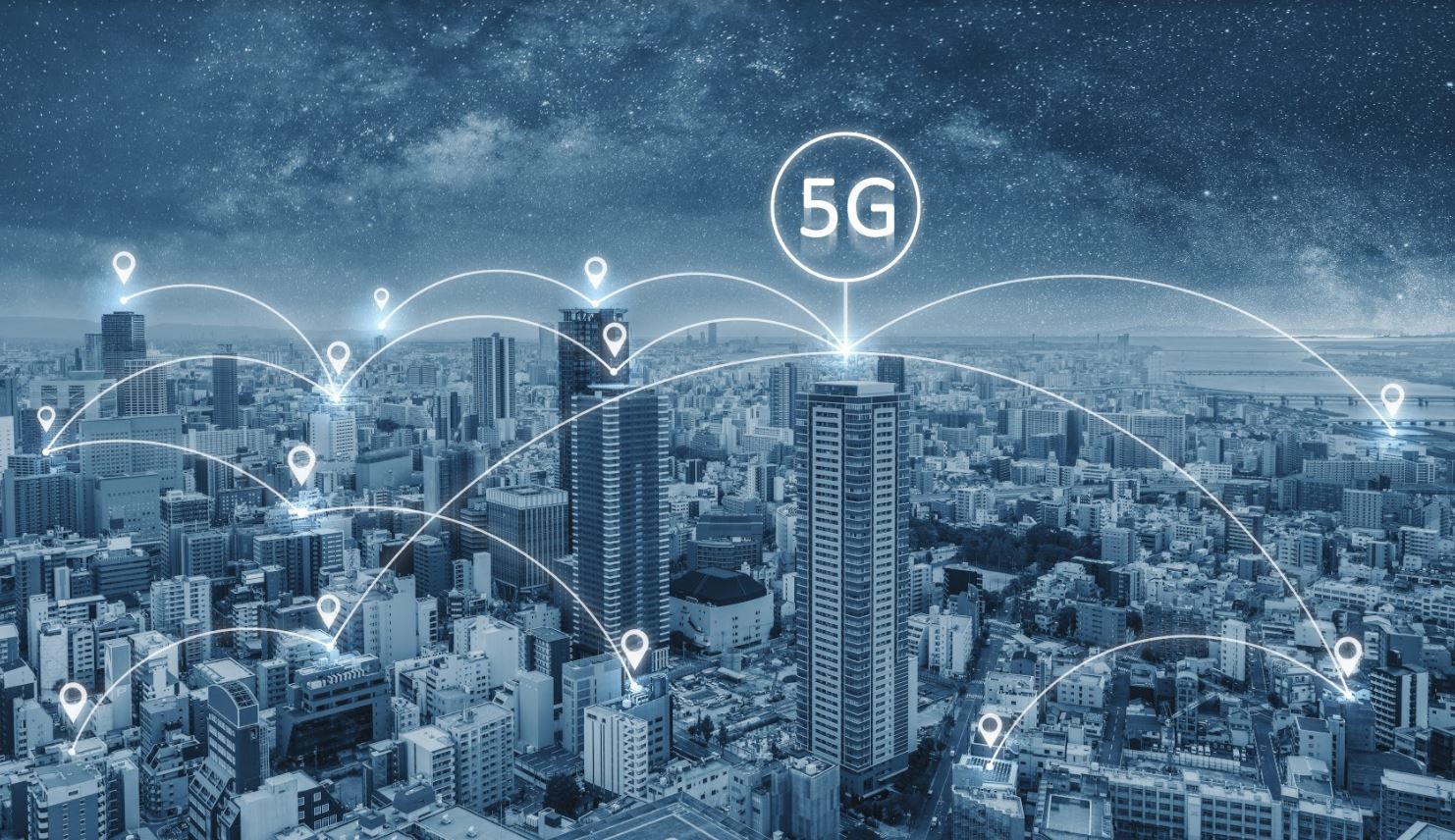
1. Speed: 5G Will Be Fast, Even in High-Demand Areas
5G will be super-fast, even in highly populated areas. This eliminates the potential for delays in communication or downtime—wherever your drivers are. It opens up a whole world of possibilities for improved efficiency:
-
Fleet managers will be able to alert drivers to emergency road conditions (like bad weather and traffic accidents) in real-time via their fleet management software with no delays or downtime.
-
Speed of transmission will significantly improve capabilities in AI (artificial intelligence) and video analytic, which will significantly improve predictive and prescriptive vehicle maintenance and on-road driver safety.
-
Rerouting can be instantly communicated to the entire fleet, with AI solutions on-hand to help.
-
Each cargo item can be tracked, promoting safer handling and providing data that can give valuable insights into chain-of-custody efficiencies. And with fleet management software, managers get a complete top-down view of their assets—when stationary and on the road.
2. Responsive: 5G Will Speed Up Data Transfer
4G LTE latency rates are good for enabling high-quality video calls, but 5G is better. This makes responses as close to real-time as you can get—something that’s particularly useful in vehicle safety and collision avoidance.
Over the next few years, we’re going to see more drivers use sensors as a form of collision avoidance—as well as automated call outs that alert the authorities in the event of an accident.
Reduced latency has significant implications when it comes to vehicles that incorporate self-driving or self-parking features. For example, according to ctia.org, it would take about 4.6 feet for a 4G automobile to apply its brakes, whereas it would take just one inch for a 5G car to do so.
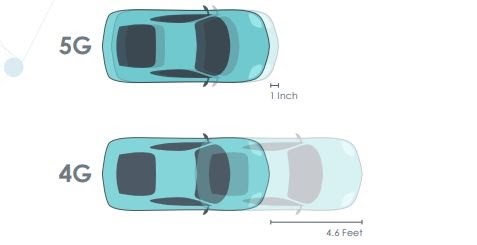
As per improved safety implications with 5G, there are Vehicle-to-Vehicle (V2V) and Vehicle-to-Infrastructure (V2I) benefits that are changing the way fleets run. The NHTSA predicts that safety applications enabled by V2V and V2I could “eliminate the severity of up to 80% of non-impaired crashes”.
“Advanced vehicle technologies may well prove to be the silver bullet in saving lives on our roadways,” says Mark Rosekind, NHTSA Administrator. “V2V and automated vehicle technologies each hold great potential to make our roads safer, and when combined, their potential is untold.”
Other safety benefits include left-hand turn assist, enhanced forward-collision detection, blind spot warnings, and intersection movement assistance. The speed of reaction to potential hazards in moving traffic can mitigate costly liabilities and operations downtime due to unexpected repair.
Safer fleet not only safeguards your company’s employees, assets and the cargo onboard, but also improves vehicle lifespan, fleet uptime, cost control and overall customer experience with instant updates.
3. Connectivity and Future-Proofing: 5G Supports the Internet of Things
4G LTE supports IoT (Internet of Things)—to a degree. However, there are still limitations when it comes to dealing with the sheer density of sensors, connected devices, and wearables—which are set to massively increase over the next few years. That said, there needs to be a tech upgrade to deal with the increasing demands.
Since 5G allows up to 100 times more devices be connected at the same time, it will help realize the full potential of IoT—more and more smart connected devices can be “online”. And thanks to its low power consumption, some connected objects can operate for months or years without the need for human assistance.
“The concept of eSIMs is growing in popularity as the whole concept of device provisioning is changing with 5G technology,”— Junior Barrett, VP of OEM Partnerships at Fleet Complete.
5G will be able to support connectivity potentially to a capacity that’s 100 times greater than 4G LTE. It will allow to stream all aggregate data from vehicles at a millisecond level—data like tire pressure levels, wheel rotation speed, percentage of brake application and all other live operational data from vehicle components.
It will be able to combine it with video telematics data from the surroundings that will construct a complete panoramic view of real-time vehicle navigation, performance, diagnostics, prognostics and predictive analytics.
How Will This Transform Fleet Management?
In summary, 5G comes with a host of benefits for drivers and fleet managers:
- More responsive networks mean better fleet-wide communication between drivers, managers, and customers.
- Sensors can improve safety by helping drivers stay in their lanes, avoid collisions, and automatically call emergency services in the event of an accident.
- Improved vehicle maintenance with more advanced capabilities and features that require faster transmission between parts and software for real-time diagnostics.
- Real-time V2V applications have the potential to greatly reduce the numbers and severity of crashes. Each vehicle in the fleet will be able to share data on routes, speeds, and traffic, essentially making every truck in the fleet responsive to its surroundings.
How to Prepare for the Change
Fleet managers have to make a decision over the next little while: embrace the benefits and possibilities of 5G—or get left behind while their competitors blaze ahead.
We are still discovering the possibilities 5G networks will bring. As with any new technology, there will be a learning curve, and there will undoubtedly be teething problems, as organizations adapt to the new technology.
Faster speeds and greater connectivity bring a whole host of benefits. However, it’s important to do your research and choose fleet management software that allows you to take full advantage of the benefits—from real-time updates to asset tracking and route mapping.
If you want to find out more about how next-gen networks will impact your fleet and how to get ahead of the curve, reach out to our team at Powerfleet (formerly Fleet Complete). We can discuss your goals and discuss how our telematics solution can help you take advantage of the 5G revolution.

